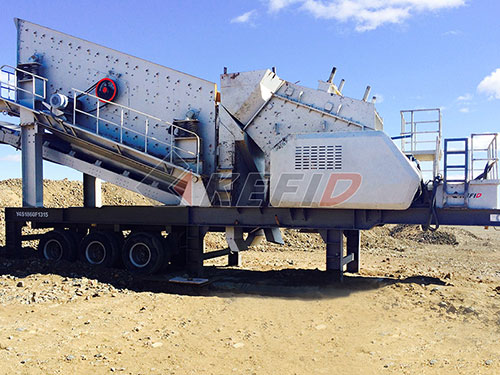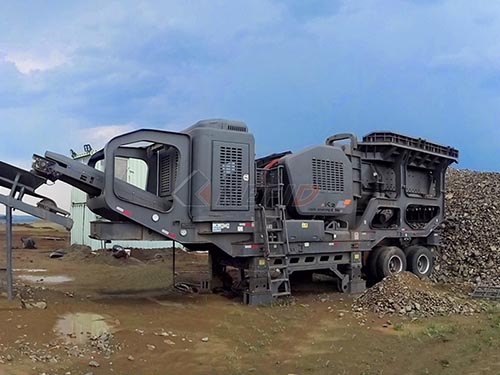The Unsung Hero of Crushing Operations: Mastering Your Bühler Crusher Parts Manual
In the demanding world of mineral processing and aggregate production, downtime is the enemy. When your critical Bühler crusher – be it a robust jaw crusher, a versatile impactor, or a high-capacity roller crusher – grinds to a halt due to wear or failure, every minute counts. Amidst the noise and dust of the plant floor lies an often-underestimated tool crucial for minimizing those costly stoppages: your Bühler Crusher Parts Manual.
Far more than just a booklet of exploded diagrams and part numbers, a well-utilized Parts Manual is the cornerstone of efficient maintenance planning, accurate part identification, and safe repair procedures for your Bühler equipment.
Anatomy of Value: What Makes a Bühler Parts Manual Essential?
1. Precision Part Identification & Ordering: This is the manual’s core function.
Detailed Exploded Views: Comprehensive illustrations meticulously break down complex assemblies (rotors, bearings, crushing chambers) into individual components.
Accurate Part Numbers: Each bolt, seal, liner plate, shaft, and bearing is assigned a unique OEM (Original Equipment Manufacturer) part number specific to your exact crusher model and serial number.
Clear Descriptions: Components are clearly labeled within diagrams and listed in accompanying tables with descriptions (e.g., “Wear Liner – Left Side,” “Tapered Roller Bearing – Upper Housing”). This eliminates costly guesswork and ensures you order precisely what you need.
2. Enhanced Maintenance Efficiency & Planning:

Assembly/Disassembly Guidance: While not always step-by-step repair instructions (which are typically found in Service Manuals), the exploded views provide invaluable visual guidance on how components fit together during rebuilds or replacements.

Wear Part Tracking: Easily identify key wear components (liners/cheek plates/jaws/hammers/blow bars/screens/rollers) specific to your machine’s configuration and duty cycle.
Bill of Materials (BOM): For major assemblies or overhaul kits referenced in service schedules or work orders.
3. Safety Assurance:
Critical Torque Specifications: Proper assembly often relies on correct bolt tightening sequences and torque values – vital information frequently included near relevant assemblies in the manual.
Component Relationships: Understanding how

Leave a Reply